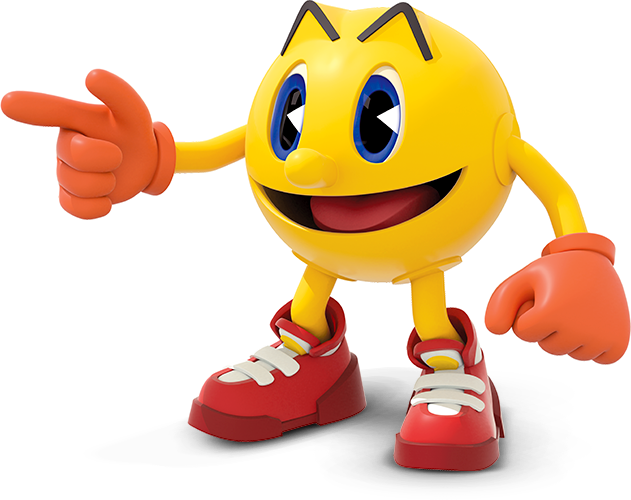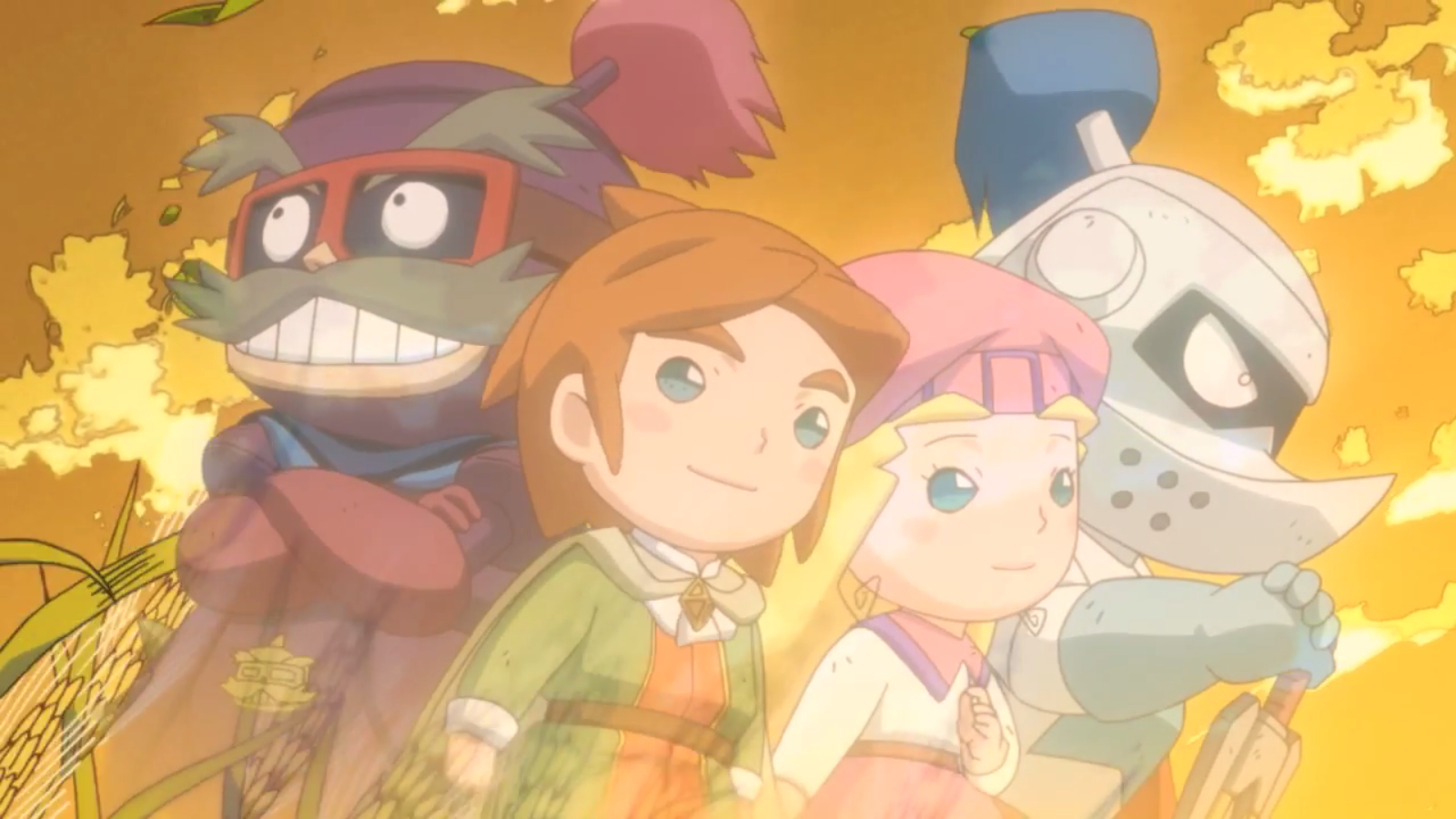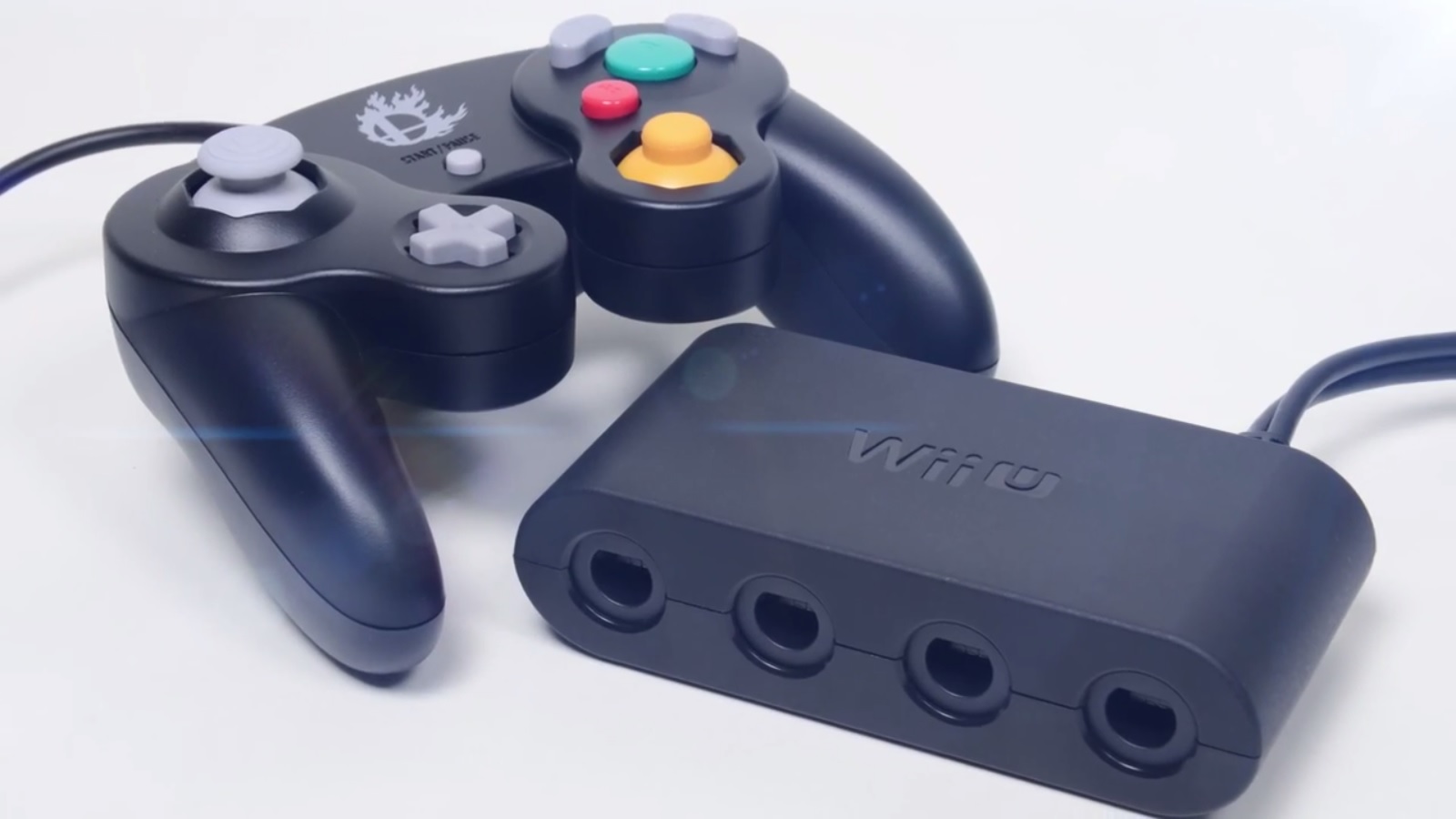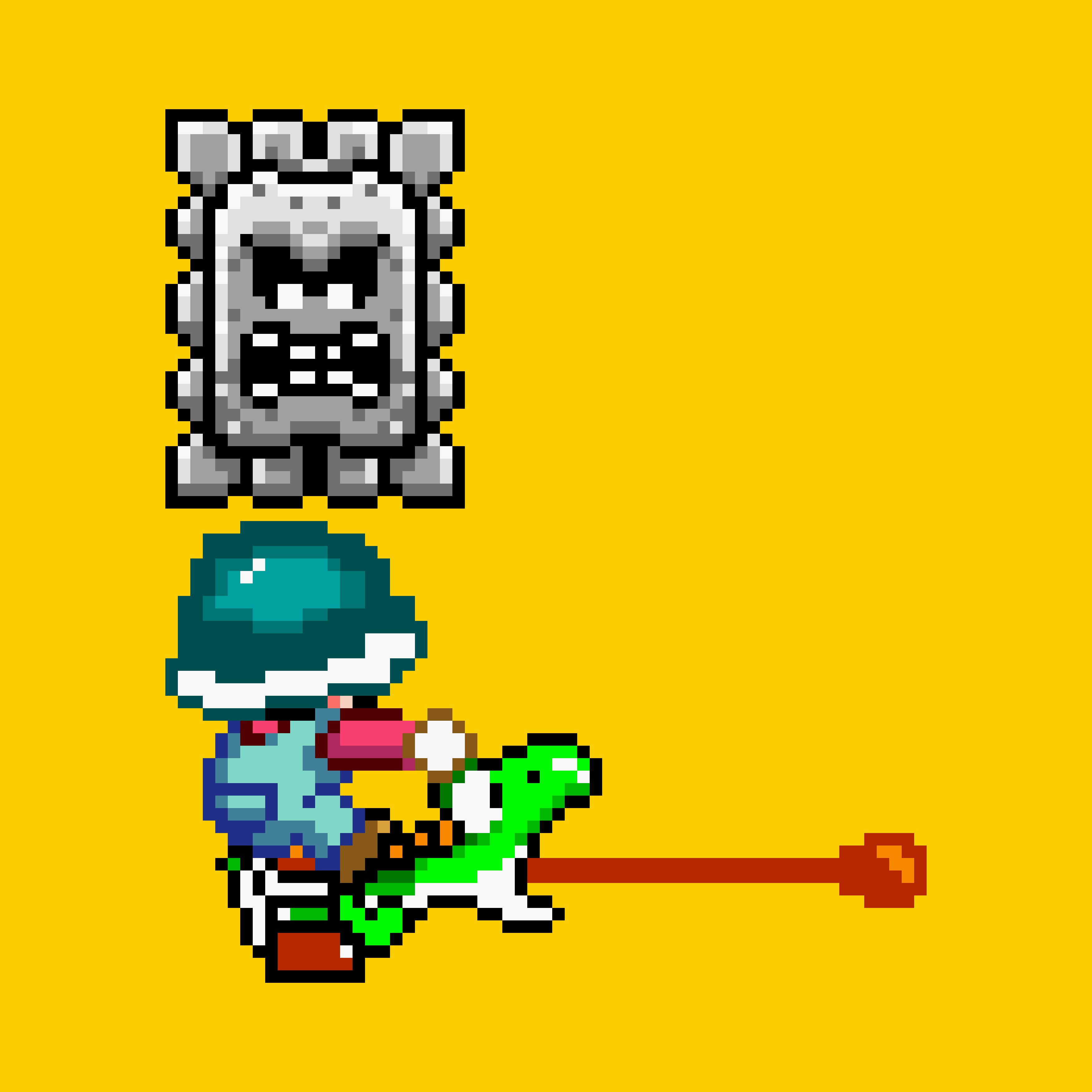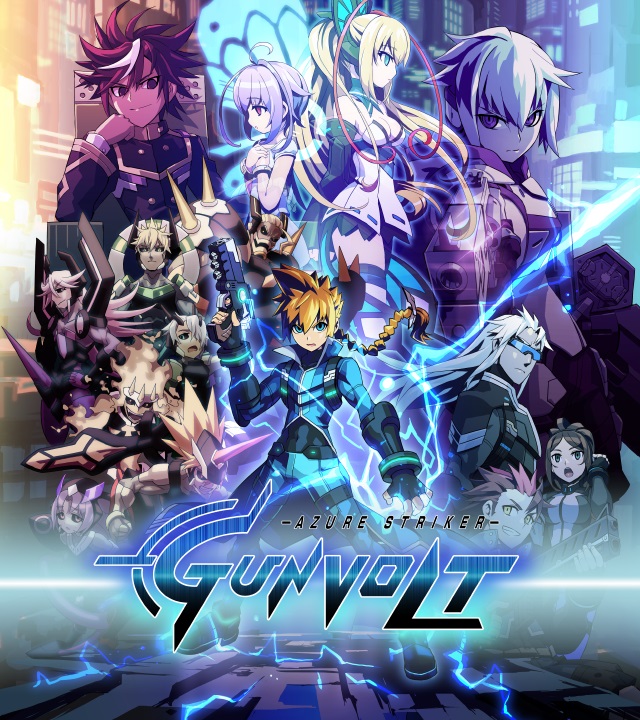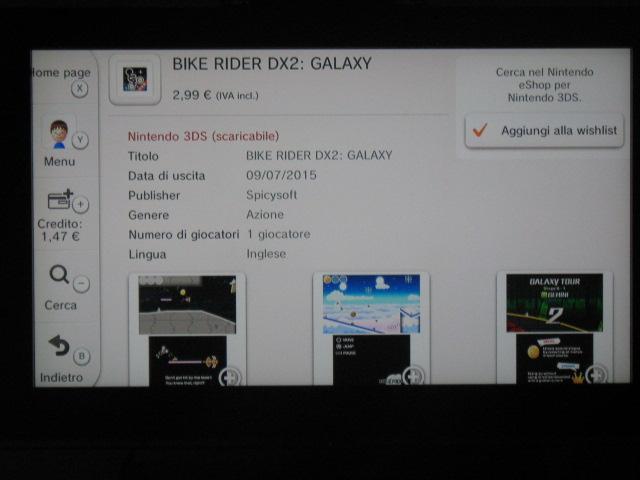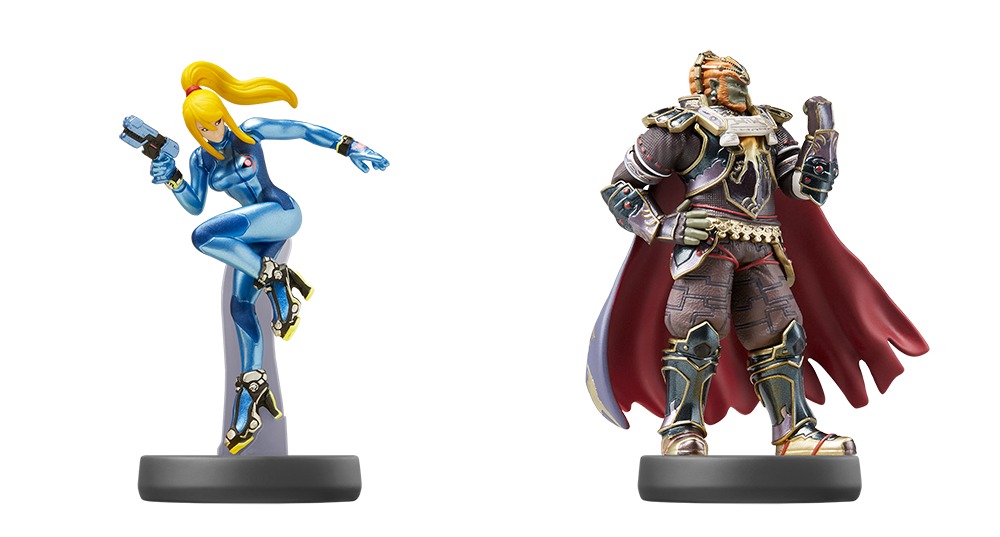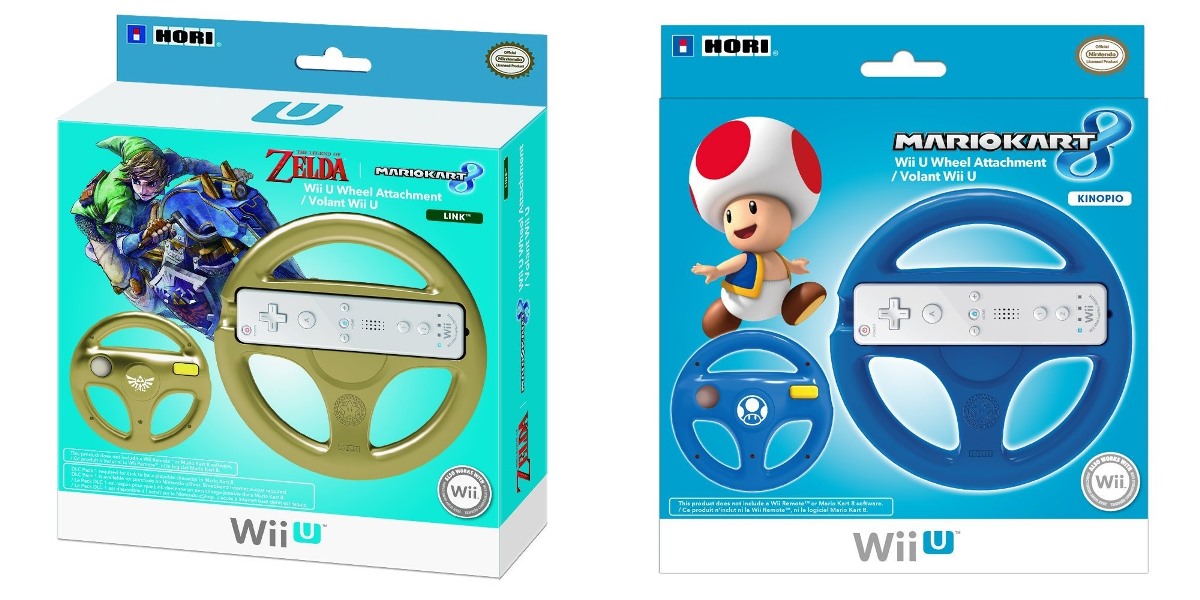Pac-Man ended up in Super Smash Bros. for Wii U/3DS as one of the new roster additions. He’s also one of the few third-party characters in the game. But had things not gone Sakurai’s way, it’s possible that Pac-Man wouldn’t have been included in Smash.
In an interview coming from “Think About the Video Games” published earlier this month, Sakurai discussed how he pushed for Pac-Man’s old school design. If he wasn’t allowed to use it and instead needed to feature the version from Pac-Man and the Ghostly Adventures, he “thought about dropping Pac-Man altogether.”
He said:
Pac-Man’s design was updated in a 2013 CGI cartoon titled, “Pac-Man and the Ghostly Adventures.” This new design has been used in a variety of products. But in the end I felt that his old-school design was better, and used that in the design plan. If that was rejected, I thought about dropping Pac-Man altogether.
Return to PopoloCrois: A Story of Seasons Fairytale was the best-selling game in Japan for the week of June 15. In Media Create‘s latest report, the sales tracker shares more information about the game’s performance.
Return to PopoloCrois: A Story of Seasons Fairytale managed to sell 46,000 copies in its first week. With that, it sold through 58.99 percent of its initial shipment.
When compared to previous Harvest Moon (Bokuj? Monogatari) games on 3DS, the first week sell-through was lower and the game got off to a slow start. Harvest Moon: A New Beginning had a 74.23 percent sell-through rate and sold 81,000 copies in its first week in 2012 while Story of Seasons had a 73.07 percent sell-through rate with 131,000 copies sold in its first week in 2014. As Return to PopoloCrois: A Story of Seasons Fairytale is strongly derived from the PopoloCrois series, it can be said that the game hasn’t brought in many Harvest Moon fans yet.
Are you still looking to get your hands on the GameCube Controller Adapter for Wii U? Well, good news! It’s currently in stock once again over on Amazon. You can grab one here.
It was recently discovered on an official Super Mario Maker website from Nintendo UK that the game would come with 100 levels on-disc. Strangely though, this has now been removed. Did Nintendo make a mistake by going live with the information early, or was the original blurb a mistake?
During a session at Too Many Games, Inti Creates announced that Azure Striker Gunvolt has seen over 120,000 downloads. The most recent milestone of 110,000 downloads was confirmed in late April.
Inti Creates also said that the company currently consists of roughly 100 staffers. The Azure Striker Gunvolt team is made up of about 40 people.
Bike Rider DX2: Galaxy is finally coming to Europe early next month. According to a listing on the eShop, the game is slated for July 9. Pricing is set at €2.99.
Tomonobu Itagaki, creator of Devil’s Third, has given some hope that the game will see a release in North America.
In a message posted to his personal Facebook page, Itagaki writes:
I will release my Devil’s Third in North/South America!
My will.
English isn’t Itagaki’s native language, so don’t worry too much about how the above message was phrased. The takeaway here is that Itagaki seems to give hope that Devil’s Third will end up seeing a stateside release.
There have been some concerns as of late that Devil’s Third won’t launch in North America. While Nintendo recently announced that the game would be coming to Europe and Japan in August, no such confirmation has come in for North America. Devil’s Third was not at all present at E3 either.
HORI is bringing out two new Mario Kart 8 racing wheels in just a few weeks. Over on Amazon, Link and Toad
wheels are listed for release on July 6. Pricing is set at $14.99 and $11.99 respectively.
Both accessories are officially licensed by Nintendo and act as attachments for the Wii Remote. They come equipped with a trigger button on the underside of the attachment to make the B button easily accessible. Additionally, they are optimized/designed for use with Mario Kart 8.
A few photos of the Link and Toad Mario Kart 8 wheels can be found in the gallery below.
This past week, the 2014 Nintendo Game Seminar titles hit the Japanese Wii U eShop. These Unity-based projects were created by Japanese university students under the guidance of Nintendo developers.
Footage of the different games can be found below. The lineup includes Ark Rush, Michiko Jump!, Jikan Satansa, and Doki Doki Tegami Relay.
